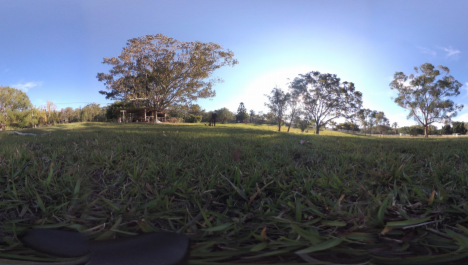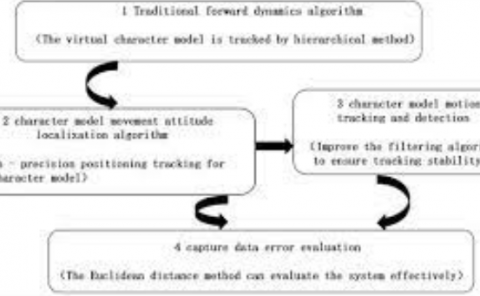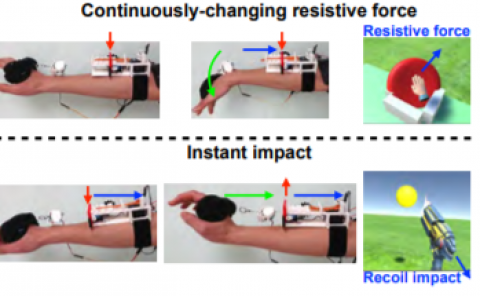360 Degree photographic imagery for VR: challenges & user experiences
PubDate: January 2018
Teams: Griffith University
Writers: Dale Patterson
PDF: 360 Degree photographic imagery for VR: challenges & user experiences

Abstract
Immersive computer game environments are gaining greater and greater visual quality, and the users sense of being inside a photorealistic virtual reality continues to grow. The use of photographic 360 degree skyboxes (or other forms of photographic wrapping systems), both in still image and video (motion graphics) form, offers the potential to further enhance the photorealistic quality of immersive computer games. This paper looks at a study involving users engaging with photographic skybox based environments, and reviews the strengths, weaknesses and challenges that these systems present. Overall the findings showed that users liked the use of such high-quality photo based game resources, but that there are several key issues that make them less than ideal, and less than immersive. The key challenges identified relate to the difference in visual quality between the photographic and rendered content of the game world, as well as the fact that the fixed camera location gave a sense of being inside a flat photo rather than being in a truly three dimensional space. In reality physical user movements alter angles, shadows and relationships to items in the space. The fixed 360Âř skybox does not, leaving users unconvinced by the virtual immersion.


